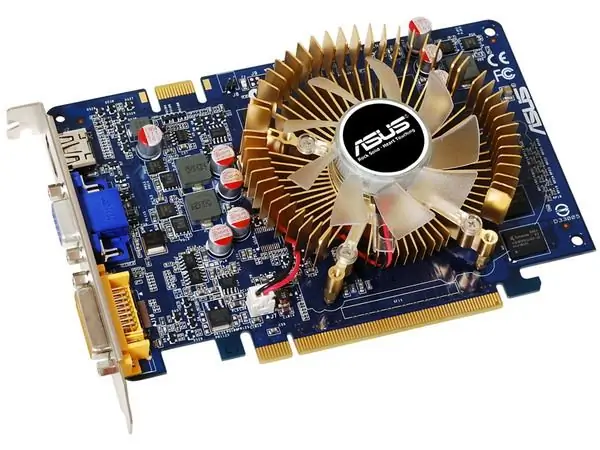In the modern world, almost every person has a personal computer at home, and sometimes he really needs qualified help. The technique does not stand still, new components are constantly being released, the software is being updated. But not everyone knows how to change the driver for a video card. This is necessary both when buying a new video card, and, if you wish, to install an updated version of the drivers.

Necessary
Computer, video card, Internet access
Instructions
Step 1
First, find out which video card you have installed. To do this, left-click "Start - Run" and type dxdiag in the line that appears.
Step 2
In the window that opens, select the "Display" tab. In area 1, you can see both the name of the video card and its manufacturer. If no drivers are installed on the video card, then N / A or N / A will be written in this area. In this case, the documentation for the computer will help determine the type of video card. In area 2, you can see the driver version (for NVidia) and the release date. As a rule, drivers are released at intervals of 1-2 months. If your driver is more than 2 months old, then it needs to be updated.
Step 3
Once you know the type of video card, you can start updating the drivers. You can download new drivers both on the official websites of manufacturers, and on other sites, an example is the site https://www.3dnews.ru/download/drivers/nvidia_ati/. After downloading the driver, run the file with the exe extension and follow the further instructions
Step 4
In case of replacing a video card, the procedure is as follows. It is necessary to remove the drivers for the old video card, to do this, right-click on the "My Computer" icon and select "Properties" in the context menu that opens. Next, in the window that opens, select "Device Manager" and find your video card. Calling the context menu by right-clicking on the line with the name of the video card, select "Properties". Go to the Driver tab and click Uninstall.
Step 5
After that, it will be necessary to replace the video card itself mechanically (disassemble the system unit, remove the old one and insert a new video card). On first boot, set BIOS to factory defaults. Next, it is best to clean the system registry using programs like Cclener (if this causes difficulties, then it is better not to try).
Step 6
Install new drivers by downloading them first. There are also cases when, after installing a new video card, it is imperative to reinstall the system.






